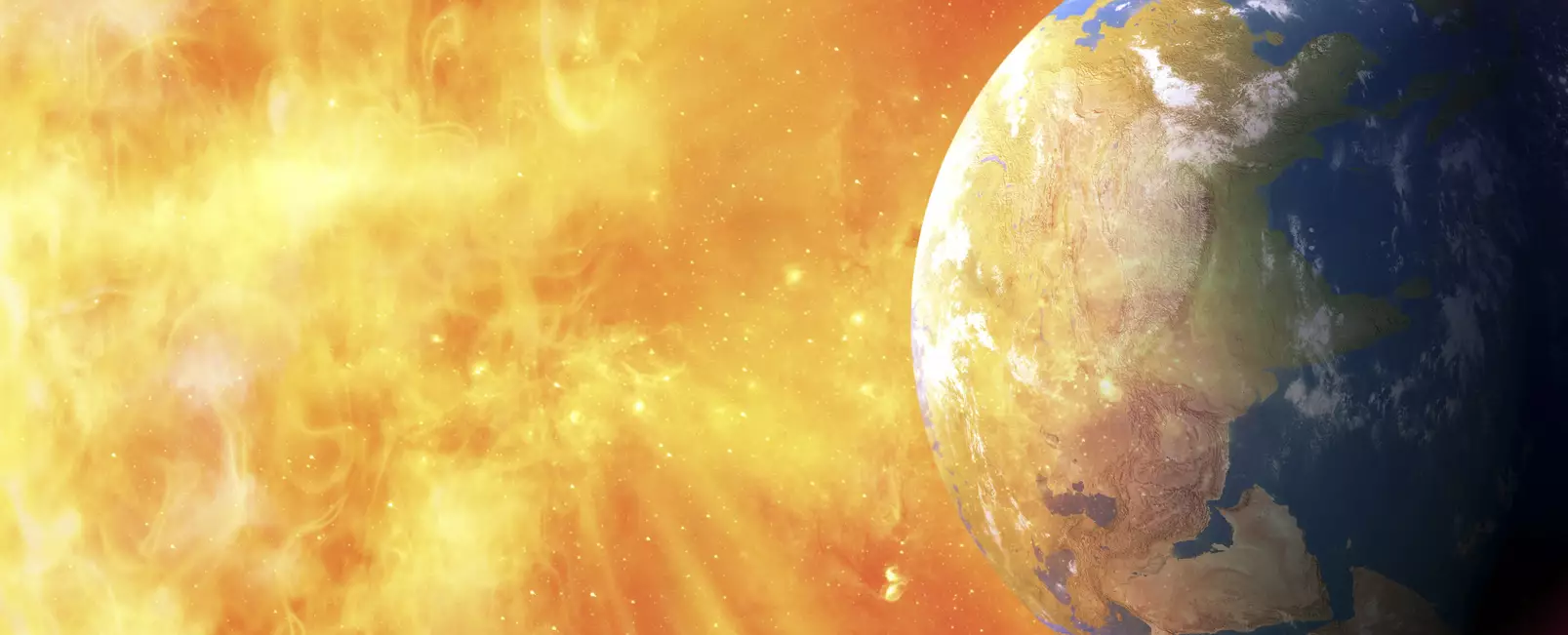In approximately one billion years, the sun’s increasing temperature will lead to the boiling of all Earth’s oceans, resulting in the destruction of life as we know it. However, a recent study conducted by scientists from the University of Bordeaux and the Planetary Science Institute suggests that a passing star could potentially be the unexpected savior of our planet. By simulating various scenarios in which a star passes within 100 astronomical units from Earth, the researchers discovered that our solar system surprisingly remains stable in the majority of cases.
The researchers ran an extensive series of 12,000 simulations to explore the potential outcomes of a star passing nearby. Astonishingly, in approximately 92 percent of scenarios, the solar system remains almost unaffected by the presence of the passing star. This intriguing finding challenges previous assumptions and highlights the resiliency and stability of our solar system. Sean Raymond, one of the study authors, expressed his surprise, stating, “I thought more would happen. It’s really not that easy to mess with planets’ orbits – a star has to get really into another star’s business to mess with its planets.”
Although the probability is slim, there exists a possibility that a passing star could rescue Earth from its impending doom. The simulations revealed that in 0.28 percent of cases, the star’s gravitational pull could alter Earth’s orbit, resulting in a more temperate region. In some instances, Earth remained within the solar system but was pulled towards a location beyond Pluto, roughly 10 percent cooler than its current orbit. Other simulations depicted Earth being propelled into interstellar space, finding its place in the distant Oort cloud, approximately 2 billion light years away, or becoming a free-floating planet in space.
The Potential Benefits of a Frozen World
Contrary to expectations, being flung into the cold depths of space may not be the worst-case scenario for Earth. Raymond suggests that “It is much harder to un-roast a fried planet than to heat up a frozen world.” He emphasizes that free-floating planets with modestly thick hydrogen atmospheres could retain enough heat to sustain liquid water on their surface. While these scenarios may sound surreal, they offer a glimmer of hope in the face of imminent destruction.
Unforeseen Consequences
While there are scenarios in which Earth is captured by the passing star, these instances do not guarantee salvation. In many simulations, Earth ends up colliding with the moon or Venus after being pulled away from the scorching heat of our own sun. Ultimately, the chances of a star passing within our solar system in the next billion years are only 1 percent. Moreover, the simulations indicate a mere 1 in 350 chance of Earth being catapulted into a habitable orbit. Combining these odds, the long-term prospects for life on Earth being saved by a passing star are as slim as 1 in 35,000 – equivalent to pulling the ace of spades from two separate decks of cards while simultaneously rolling a combined 10 with two dice.
As we contemplate the eventual demise of life on Earth, the prospect of a passing star providing salvation offers a glimmer of hope. The study conducted by scientists from the University of Bordeaux and the Planetary Science Institute demonstrates the remarkable stability of our solar system in the face of potential disruptions. While the odds remain slim, the possibility of Earth being propelled into a more habitable region through the influence of a passing star cannot be entirely dismissed. Whether as a frozen world or a captured planet, the potential for life to endure beyond the sun’s boiling point serves as a testament to the resilience of our planet and the unpredictability of the universe.


Leave a Reply